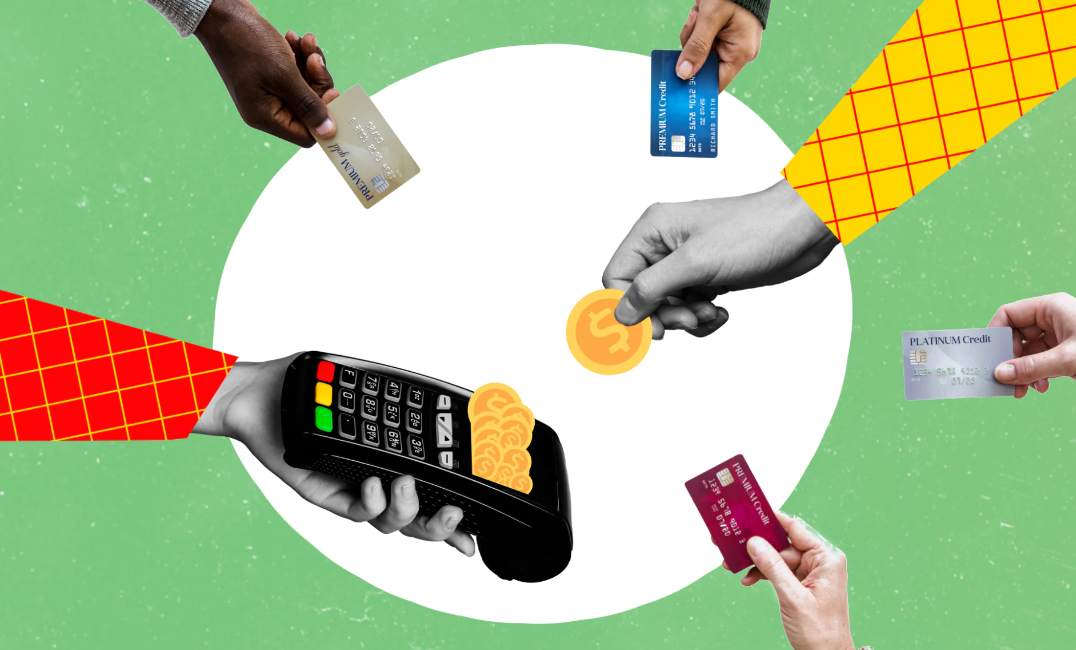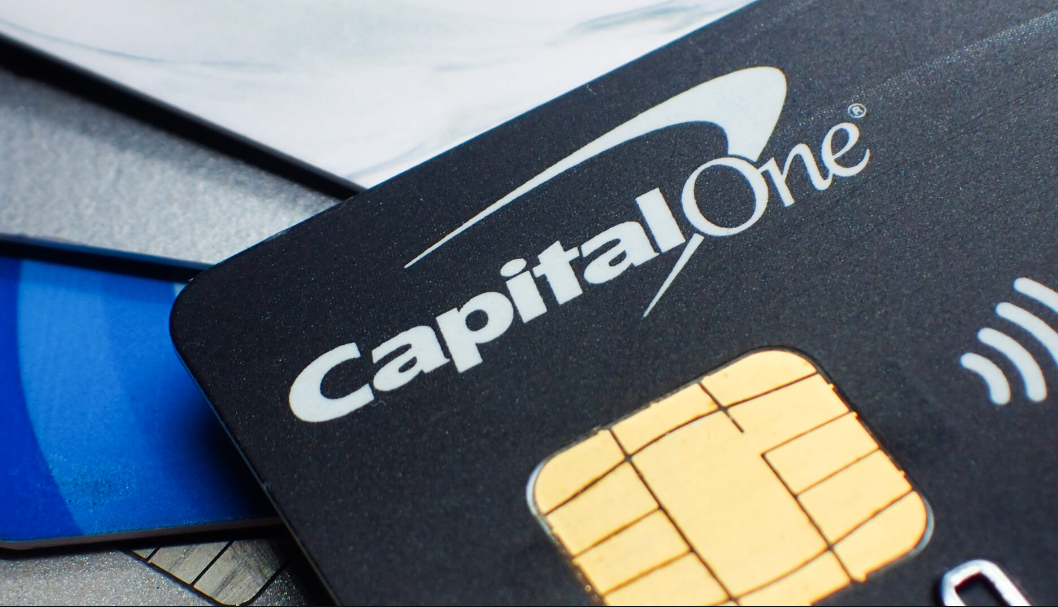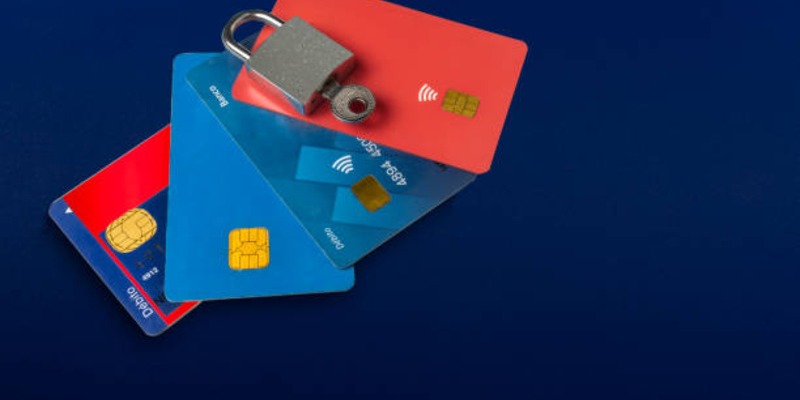Credit cards are those magical pieces of plastic that can make your spending dreams come true or sometimes become a financial nightmare. But here's the scoop: not all credit cards are created equal. To get the best deals, you need to prequalify for credit cards from top players like Chase, Discover, Capital One, and more.
No, it’s not rocket science, and you don’t need a finance degree to figure it out. In this article, we're going to break it down for you in simple terms. So, let’s dive into the world of prequalifying for credit cards and snagging the best offers!
What Does It Mean to Prequalify for a Credit Card?
Alright, let's start at square one. Prequalifying for a credit card simply means checking if you meet the basic requirements set by the credit card issuer. It's like a sneak peek before the main show. Now, why is this important? Applying for a credit card and getting rejected can hurt your credit score. Ouch, right? So, prequalifying is a smart move to avoid those dings on your credit report.
Why Prequalify?
Here is why prequalifying should be considered:
- Avoid Rejection: We've all been there – the embarrassment of being told "no" at the checkout counter. Prequalifying saves you from that.
- Compare Offers: Different credit cards have different perks. Prequalifying lets you see which ones match your lifestyle and spending habits.
- Protect Your Credit Score: Remember, each credit card application can impact your credit score. Prequalifying helps you make informed decisions.
How to Prequalify for Credit Cards?
So, how do you get this prequalification thing done? It's as easy as pie. Here's a step-by-step guide:
Step 1: Gather Your Info
You’ll need some basic info handy: your name, address, Social Security number, and your annual income. This is the stuff issuers want to know.
Step 2: Choose Your Issuers
Decide which credit card issuers you want to check out. We're talking about big names here, like Chase, Discover, and Capital One. Each has its own set of cards with unique perks.
Step 3: Visit the Issuer's Website
Go to the website of the issuer you’re interested in. You'll find a section that allows you to check if you prequalify. It's usually labeled "Prequalify" or "See if you're preapproved."
Step 4: Fill Out the Form
Fill in your info as accurately as possible. Remember, honesty is the best policy here. These issuers want to ensure you're a good fit for their cards.
Step 5: Get Your Results
Once you hit that submit button, you won't have to wait long. In most cases, you'll get an instant response. They’ll tell you if you’re prequalified and which cards you might be eligible for.

Step 6: Compare Your Options
Now comes the fun part – comparing the offers. Take a close look at the interest rates, annual fees, rewards, and any introductory offers. Choose the one that suits you best.
Step 7: Apply for the Card
If you're happy with what you see, go ahead and apply for the card. The issuer will then do a more in-depth check. But since you prequalified, you're in good shape!
Comparing Credit Card Offers
So, you've prequalified for credit cards from a few different issuers. But how do you decide which one to go for? Let’s break it down, focusing on three big names: Chase, Discover, and Capital One.
Chase Credit Cards
Chase is known for its various credit cards, catering to different needs. Here are a couple of Chase cards you might prequalify for:
Chase Freedom Unlimited: This card is great for cashback enthusiasts. You can earn cashback on every purchase with no annual fee. Plus, there's a sweet sign-up bonus.
Chase Sapphire Preferred: If you're a travel junkie, this one's for you. You earn points on travel and dining and can transfer those points to travel partners for even more value.
Discover Credit Cards
Discover is all about simplicity and cashback rewards. Two popular Discover cards are:
Discover it Cash Back: Get cashback on every purchase and enjoy 0% intro APR for the first 14 months. Plus, Discover matches the cashback you earned at your first year's end.
Discover it, Miles: Frequent flyer? You’ll earn miles on every purchase, and Discover matches those miles at the end of your first year. There is no annual fee, too!
Capital One Credit Cards
Capital One offers a range of cards, but here are a couple to consider:
Capital One Quicksilver Cash Rewards: This card keeps it simple with unlimited 1.5% cashback on every purchase. Plus, there's no annual fee.

Capital One Venture Rewards: If you love to travel, you'll earn miles on every purchase, and you can transfer them to several airlines and hotels.
Comparing the Three
When you prequalify for credit cards from Chase, Discover, and Capital One, it's essential to look at the following:
- Interest Rates: Compare the APR (Annual Percentage Rate) to see which offers the best deal.
- Fees: Check for annual fees, foreign transaction fees, and late payment fees.
- Rewards: Consider your spending habits. Do you want cashback, miles, or points?
- Introductory Offers: Some cards offer 0% intro APR or bonus rewards for the first year.
- Credit Limit: Depending on your credit score and income, your credit limit may vary.
Remember, the right card for you depends on your lifestyle and spending habits. What works for your neighbor might not work for you.
Conclusion
Prequalifying for credit cards is like window shopping for your financial future. It's a handy tool to avoid credit score damage and find the best deals. Whether you're interested in Chase, Discover, Capital One, or any other issuer, the process is straightforward and can save you time, money, and headaches in the long run.
So, remember, don't rush into the credit card game blindly. Take time, prequalify, compare your options, and make an informed decision. With the right credit card in your wallet, you can turn that piece of plastic into a valuable financial tool that works for you.




